Narrow canal is a great challenge to Endodontist, When combined with calcified entrance the difficulty doubled. Preoperative assessment to the periapical radiograph would help in avoiding many errors that could […]
 Locating the calcified - Shaping the narrow
Locating the calcified - Shaping the narrow
Narrow canal is a great challenge to Endodontist, When combined with calcified entrance the difficulty doubled. Preoperative assessment to the periapical radiograph would help in avoiding many errors that could […]
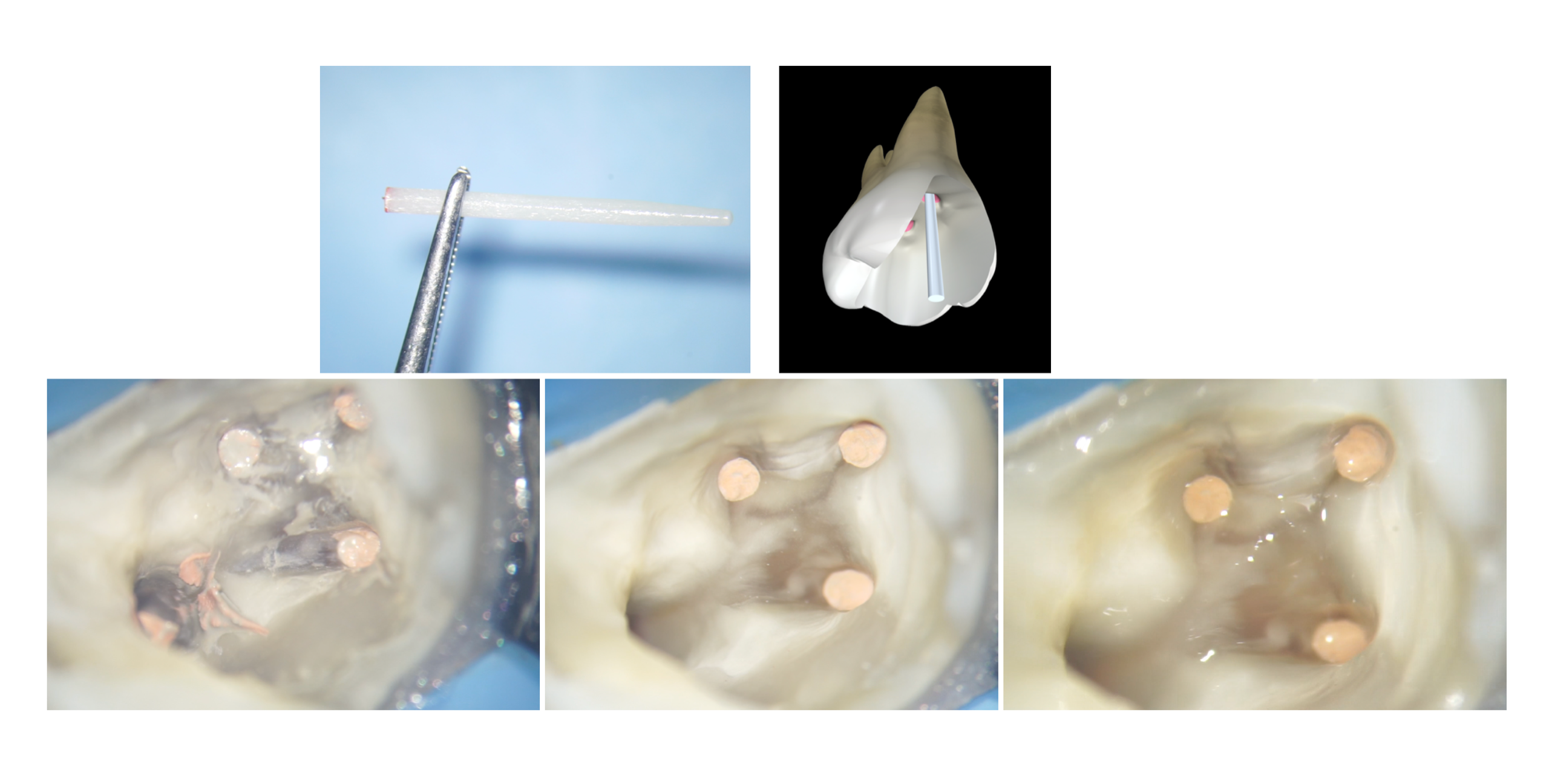 Itena Glass Fiber Post Restoration Step by Step
Itena Glass Fiber Post Restoration Step by Step
Clinicians often face dilemmas regarding the most appropriate way to restore a tooth following root canal treatment. Whilst there is established consensus on the importance of the ferrule effect on […]
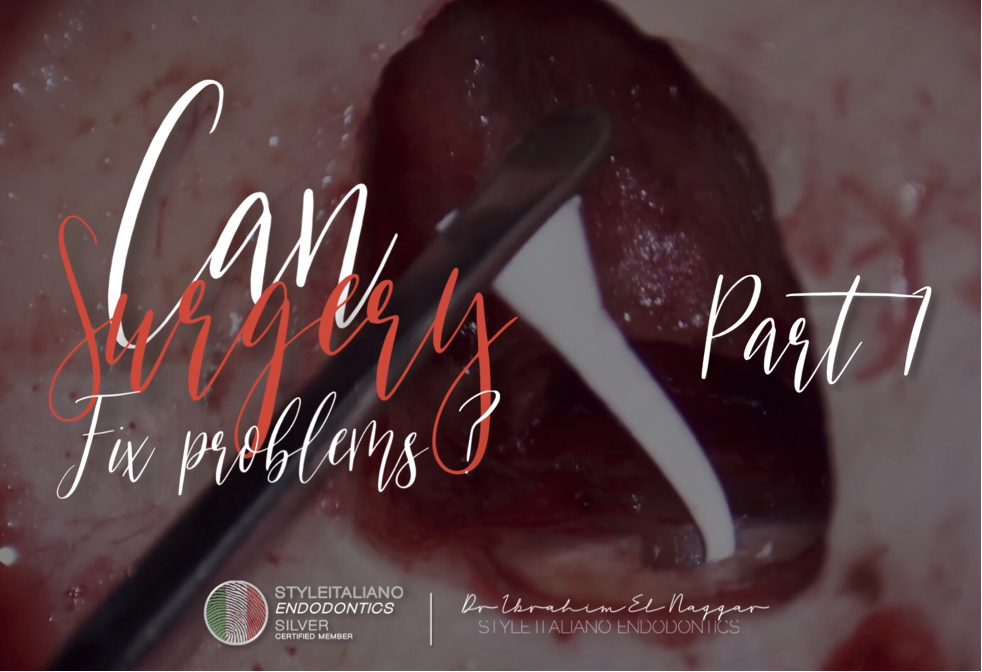 Can surgery fix problems? Part 1
Can surgery fix problems? Part 1
What if retreatment is not enough? Retreatment is one of the biggest challenges for the clinician due to the unexpected surprises, prognosis & diagnosis which may be tricky in many […]
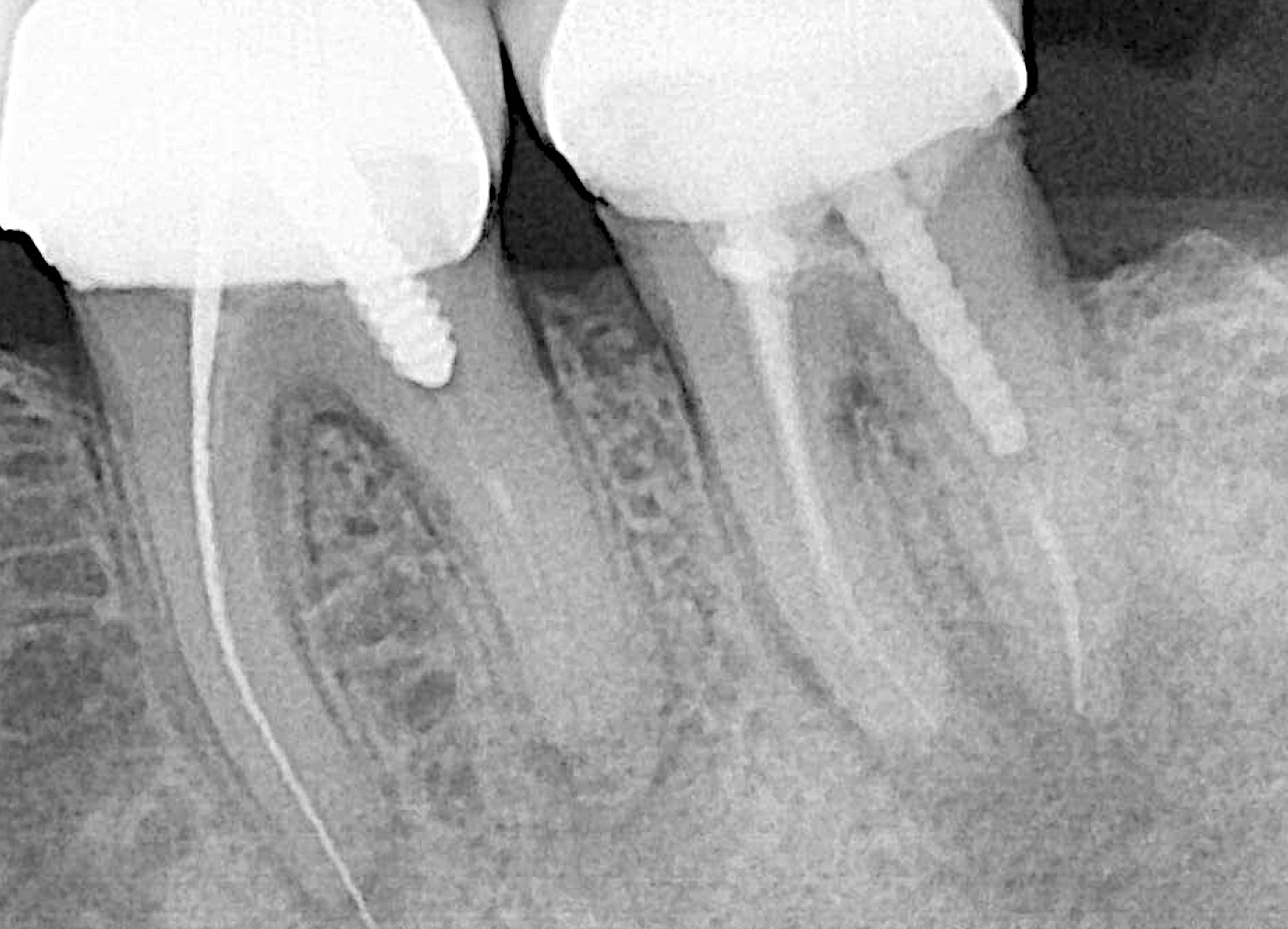 Saving Two Mandibular Molars
Saving Two Mandibular Molars
The Primary objective of endodontic treatments is treatment and/or prevention of apical periodontitis. To achieve this goal, the endodontist must be able to process all the case givens to reach […]
 Finding the MB2 canal
Finding the MB2 canal
In this clinical case I want to emphasize the importance of the instruments and the impact they give us during endodontic treatments, which are often complicated where the help of […]
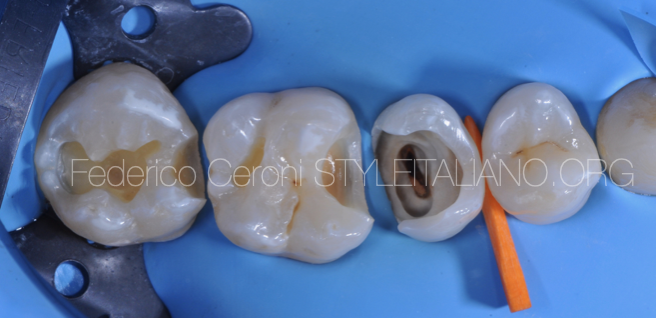 Cervical margin relocation of endodontically treated teeth
Cervical margin relocation of endodontically treated teeth
Adhesive dentistry changed the way we approach the rehabilitation of endodontically treated teeth. Adhesives and composites have permitted more conservative protocols for repairing severely damaged teeth by reducing the invasiveness […]
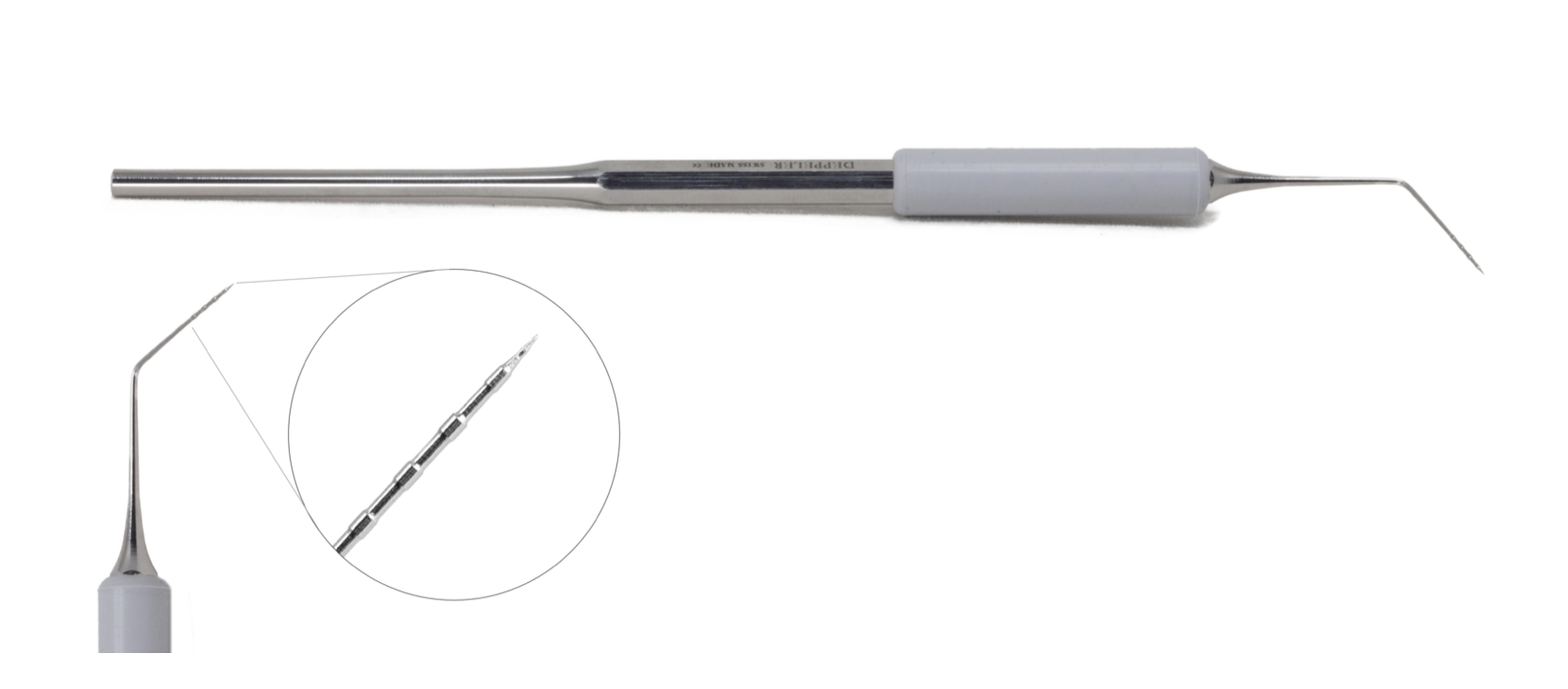 The advantage to use Extendo in removing Thermafil Plastic Carrier on retreatment case
The advantage to use Extendo in removing Thermafil Plastic Carrier on retreatment case
In this article I am going to describe and show how we can use Extendo in daily practice. It is an instrument of SMART ENDO KIT, from DEPPELER. The kit […]
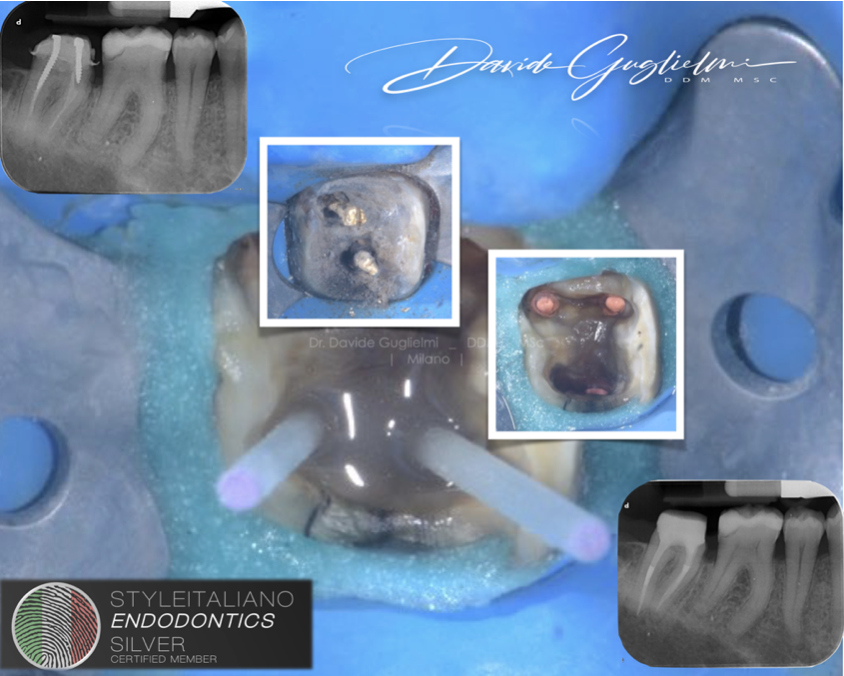 Use of Itena Dentoclic Glass Fiber Post in the Restoration of endodontically treated tooth
Use of Itena Dentoclic Glass Fiber Post in the Restoration of endodontically treated tooth
Endodontically treated teeth (ETT) are more susceptible to biomechanics failures compared to vital teeth, mostly due to the amount of internal tooth structure that is removed during endodontic treatment and […]
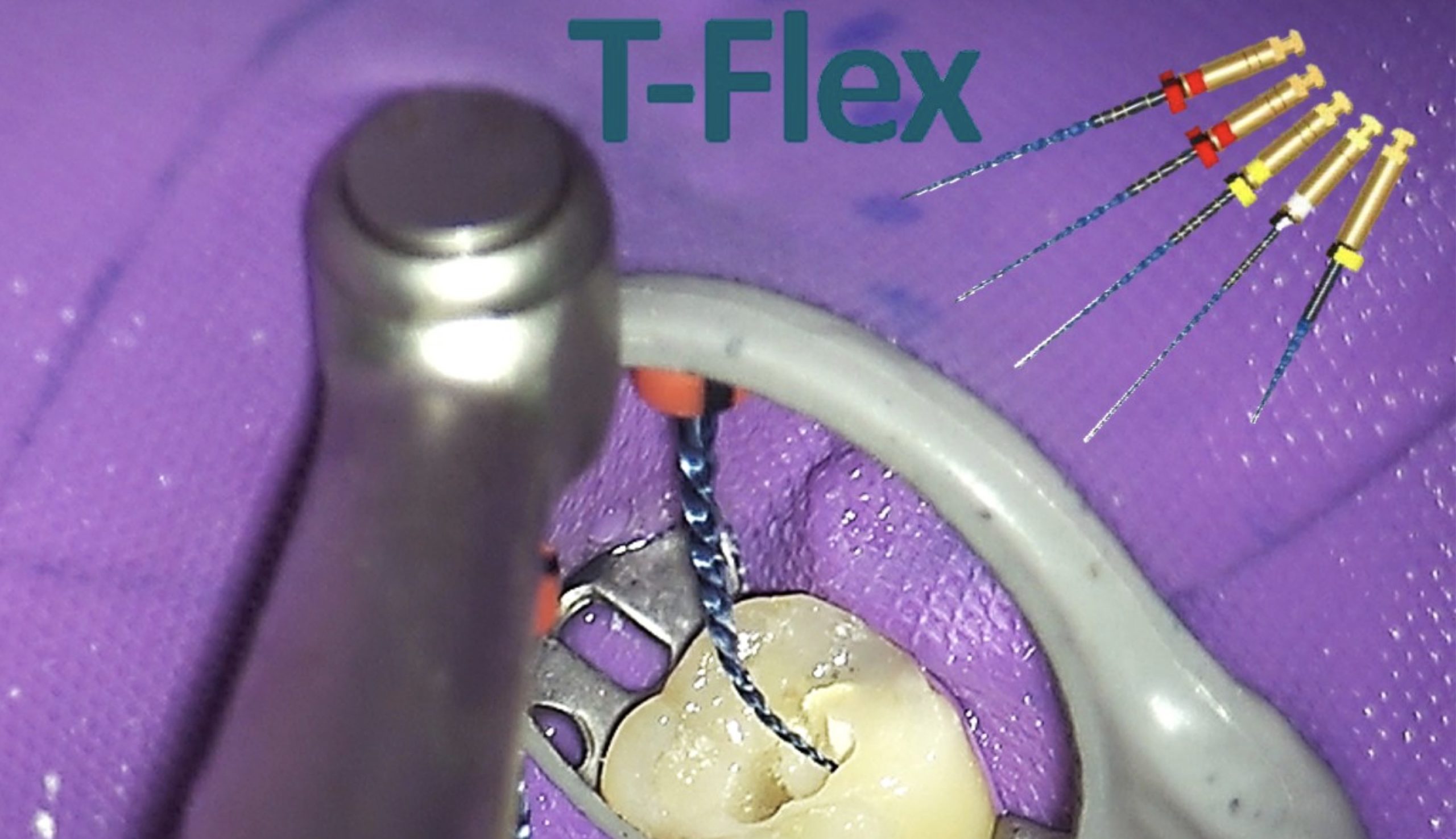 The power of FLEX Endodontic Treatment of a Mandibular first molar with T- Flex files
The power of FLEX Endodontic Treatment of a Mandibular first molar with T- Flex files
The development of various areas of dentistry requires precise study of morphology of human teeth so that better oral health can be provided. The mandibular molars play a principal role […]
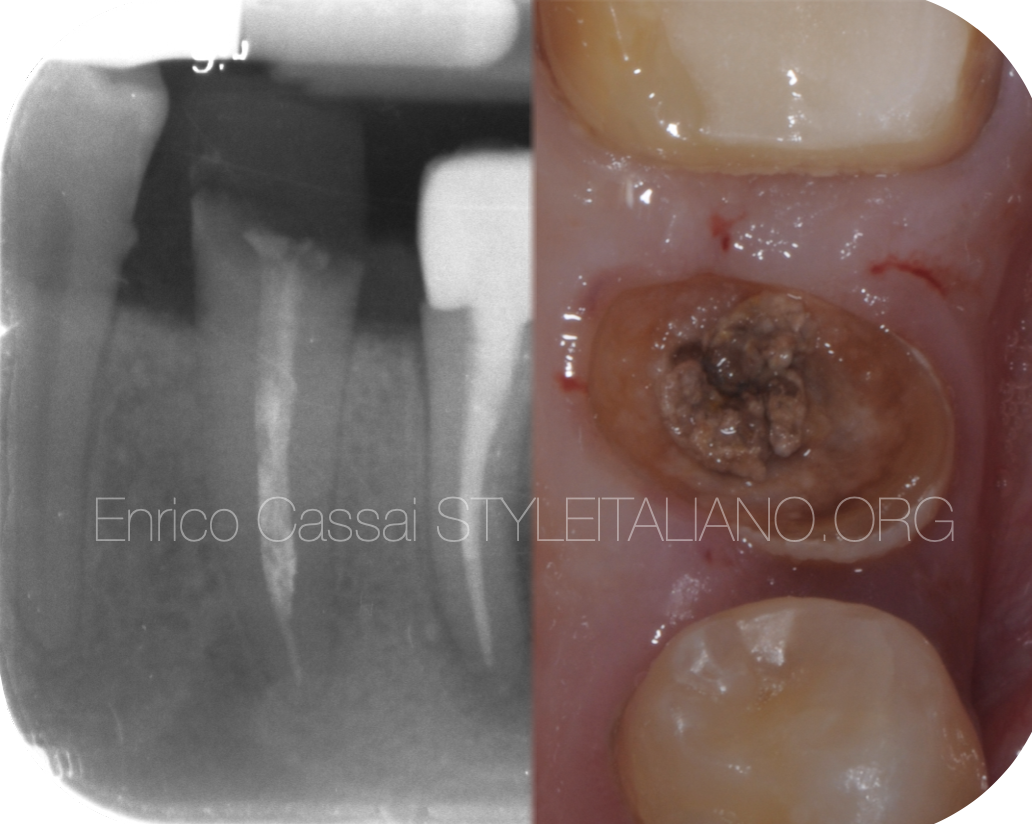 Removal of obturation material from the root canals: the correct use of ExtEndo
Removal of obturation material from the root canals: the correct use of ExtEndo
In retreatments the clinician should follow the same different steps: careful radiographic diagnosis and, if required, cbct reconfiguration of the cavity access, to realise the appropriate features and start the […]
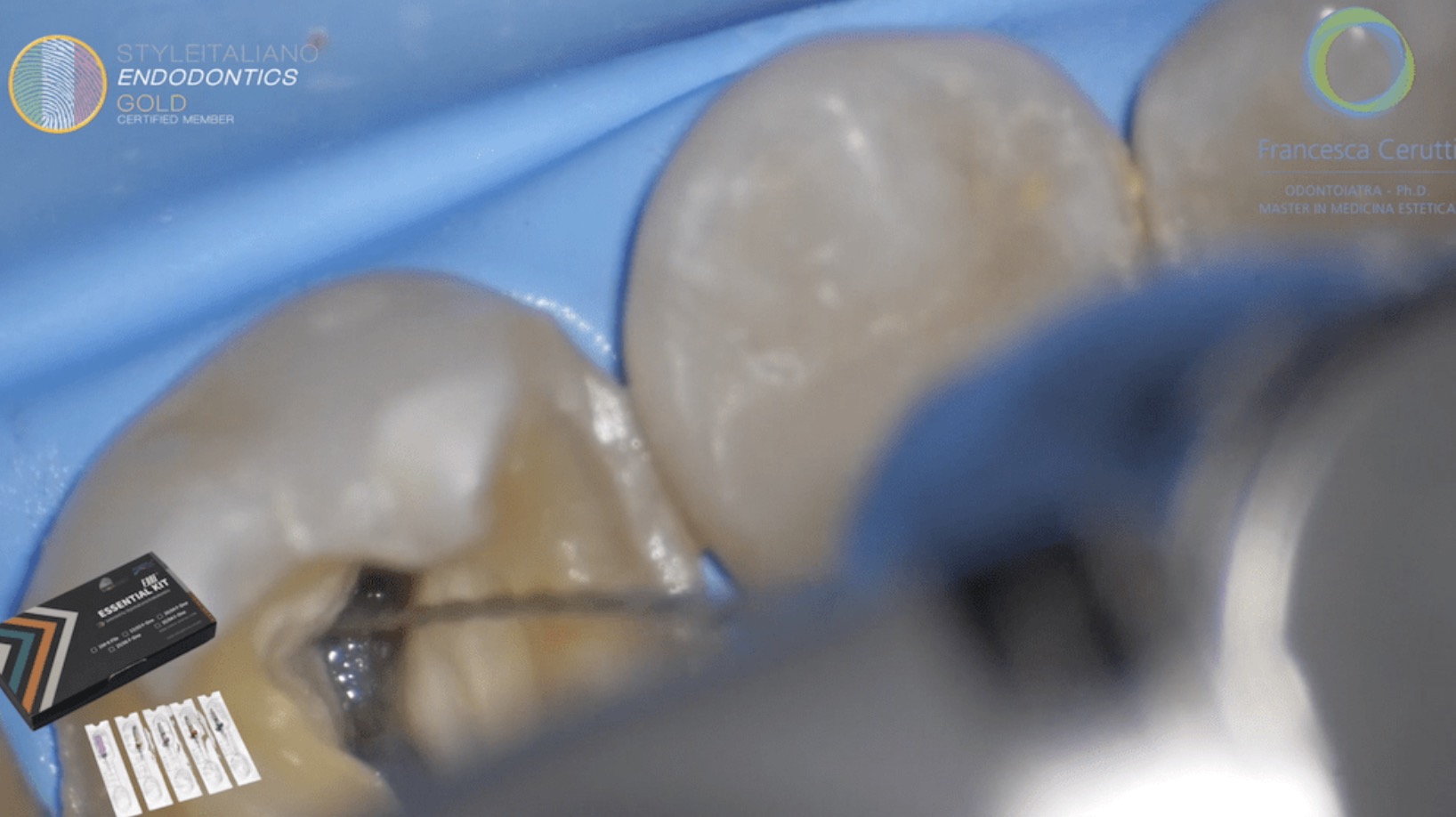 F-One Essential Kit used in the treatment of a first upper molar and retreatment of a lateral upper incisor
F-One Essential Kit used in the treatment of a first upper molar and retreatment of a lateral upper incisor
Shaping the root canal system using only mechanical files can be done in the majority of cases. When using this approach it is important to follow a precise strategy and […]
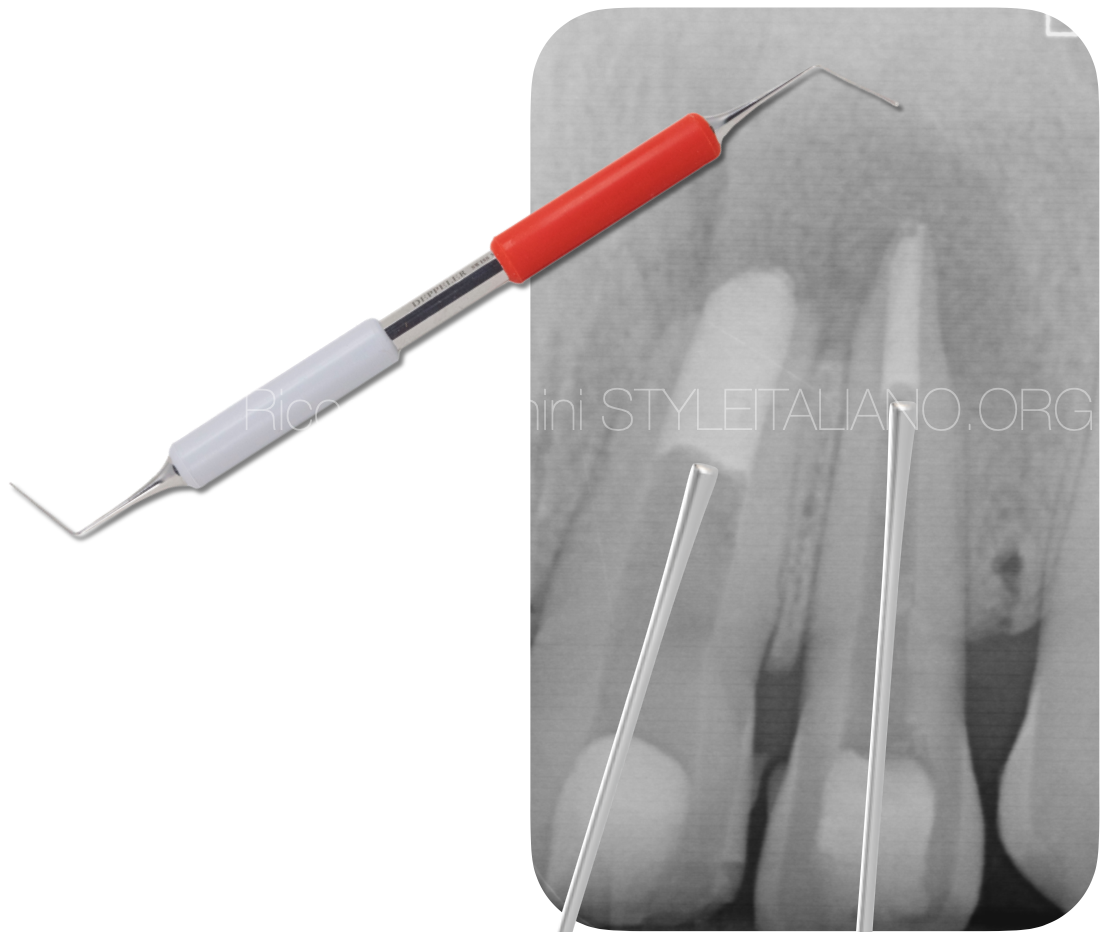 Prexo as new plugger for the ideal MTA apical plug
Prexo as new plugger for the ideal MTA apical plug
MTA apical plug still represents a gold standard procedure for permanent sealing of the apexes of different sizes. The precise and controlled placement of this material is always intended and […]